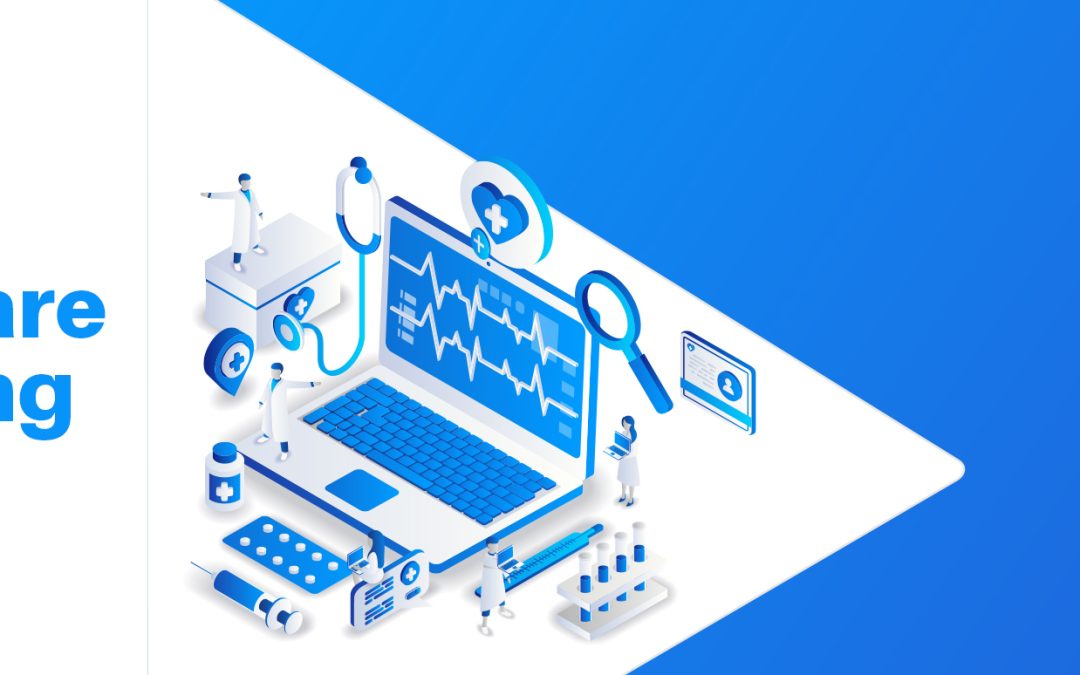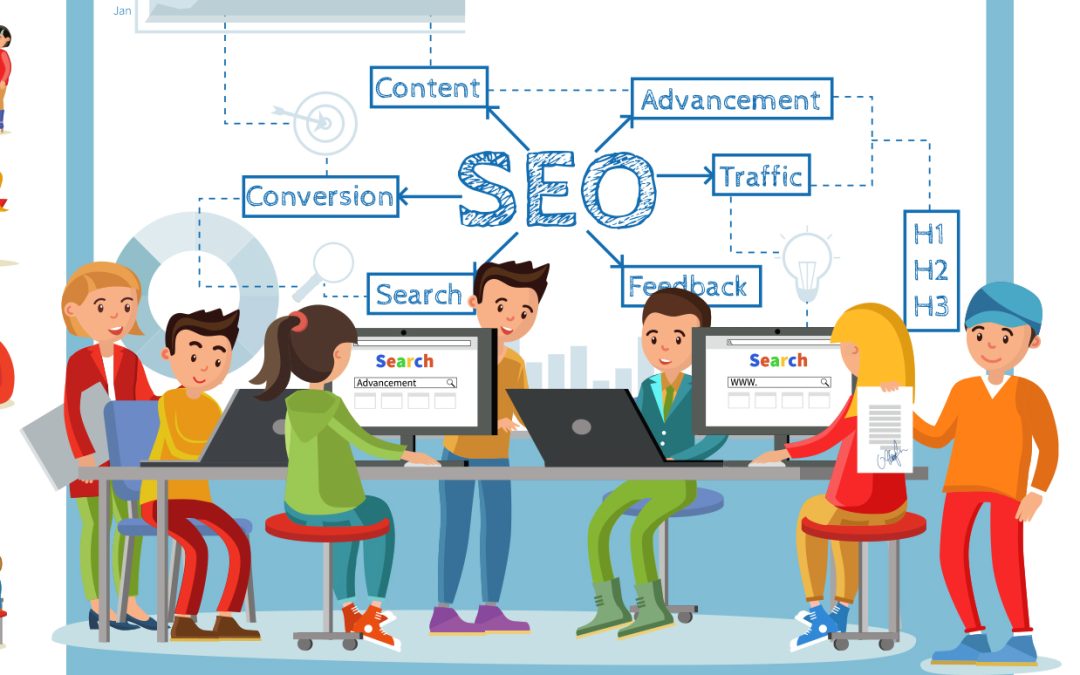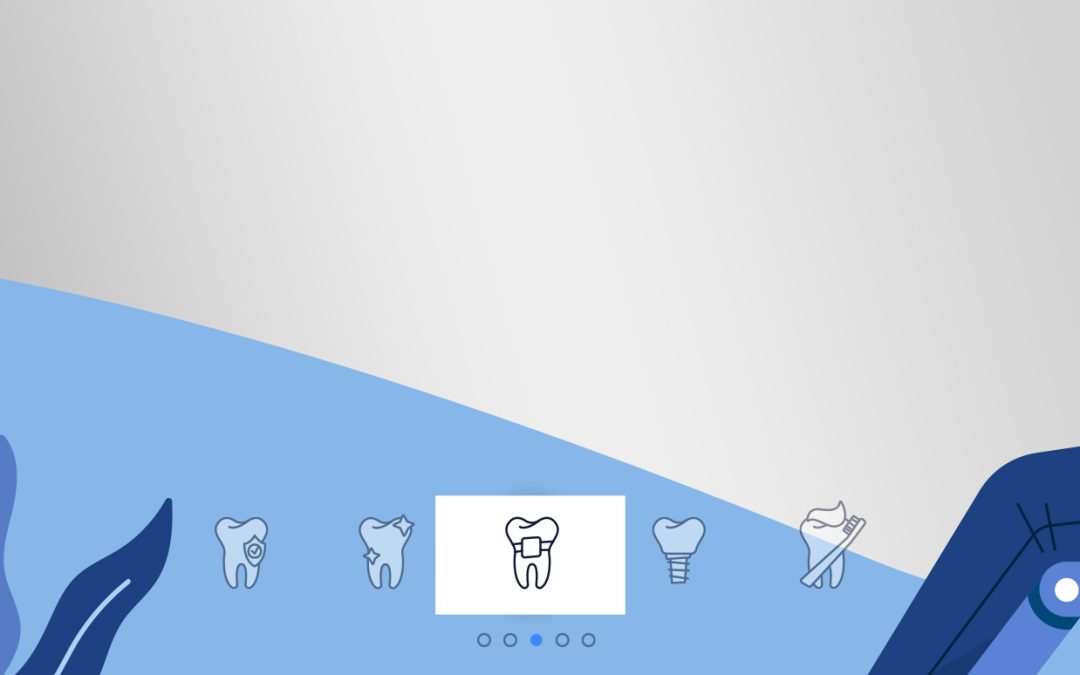Search Engine Optimization (SEO) has long been the cornerstone of any robust online marketing strategy, guiding how businesses attract and retain digital traffic. However, the rapid advancement of Artificial Intelligence (AI) is revolutionizing SEO, compelling marketers to rethink their strategies and adapt to new paradigms. Right from improving search accuracy to enhancing user experience,...










